
Finding Sanding Solutions
George VondriskaSanding can easily fall into the category of things woodworkers would rather not do. Anything that can be done to make sanding easier and a more pleasant experience is a good thing. Uneeda’s vacuum and sander set up goes a LONG way toward making sanding more pleasant, and providing great results.
Tool actuated vacuum
A tool actuated vacuum automatically runs when the sander runs, and turns off when you turn off the sander. In fact it continues to run for a little while after the sander is shut down to make sure dust is cleared from the line. Uneeda’s vac is capable of doing this with electric AND with pneumatic sanders.
The sanders
For this video we worked with Uneeda’s Ekasand 3” x 4” rectangular and 5” diameter random orbit sanders. Both sanders use hook and loop sandpaper and provide variable speed. Hook and loop makes it incredibly easy to progress through grits by simplifying paper changes. Variable speeds is very valuable when you want good control, for instance when sanding a veneered material.
Conform to the surface
Complex profiles like molding or raised panels can be very difficult to sand. The sponge-like pad available for the sanders makes it easy to get the sandpaper to wrap and conform to the surface.
Sanding finished surfaces
It isn’t uncommon to need to slightly abrade finished surfaces before the next coat of finish goes on. This is another great application for the sponge-like pads, and also a great time to reduce the speed of the sander so you don’t take too much off. The Ekasand 3” x 4” and the 5” disc work really well for this.
More info
Visit the company’s website or call (845) 426-2800 for more information on Uneeda products.
Share tips, start a discussion or ask one of our experts or other students a question.
Already a member? Sign in
4 Responses to “Finding Sanding Solutions”
Explore videos by George Vondriska
You may be interested in
Premium Membership
Unlock exclusive member content from our industry experts.
- 24/7 Access to Premium Woodworking Videos, Projects, and Tips
- Step-by-Step Instructional Demos, Plans, and Tutorials
- 50% Off Video Downloads Purchased in the Woodworkers Guild of America Shop
- 2 Printable Woodworking Plans
Unlock exclusive member content from our industry experts.
- 24/7 Access to Premium Woodworking Videos, Projects, and Tips
- Step-by-Step Instructional Demos, Plans, and Tutorials
- 50% Off Video Downloads Purchased in the Woodworkers Guild of America Shop
- 2 Full-Length Video Downloads to Watch Offline
- 2 Printable Woodworking Plans
Gold Membership
$370 Value
Get everything included in Premium plus exclusive Gold Membership benefits.
- 24/7 Access to Premium Woodworking Videos, Projects, and Tips
- Step-by-Step Instructional Demos, Plans, and Tutorials
- 8 Full-Length Video Downloads to Watch Offline
- 3 Full-Length Woodworking Classes to Keep for Life
- 7 Printable Woodworking Plans
- Discounts on Purchase-to-Own Content in the Woodworkers Guild of America Shop
- Access to Ask the Expert Program
- Exclusive GOLD LIVE Streaming Events




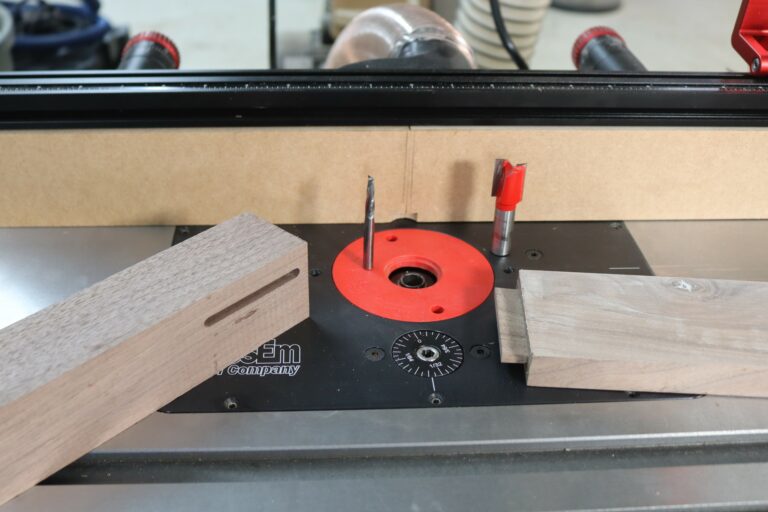
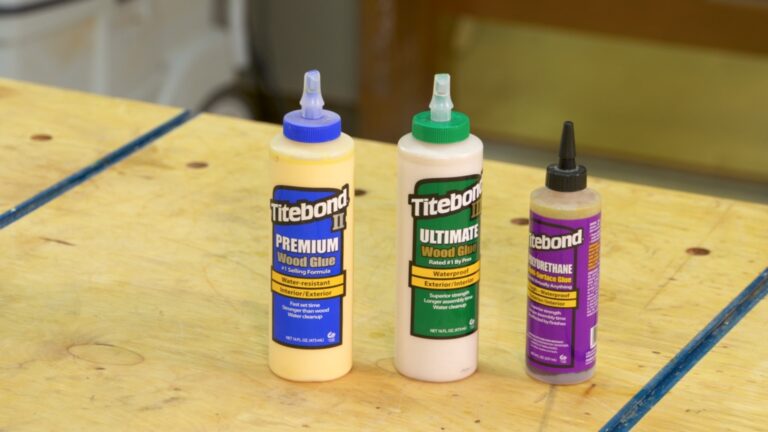
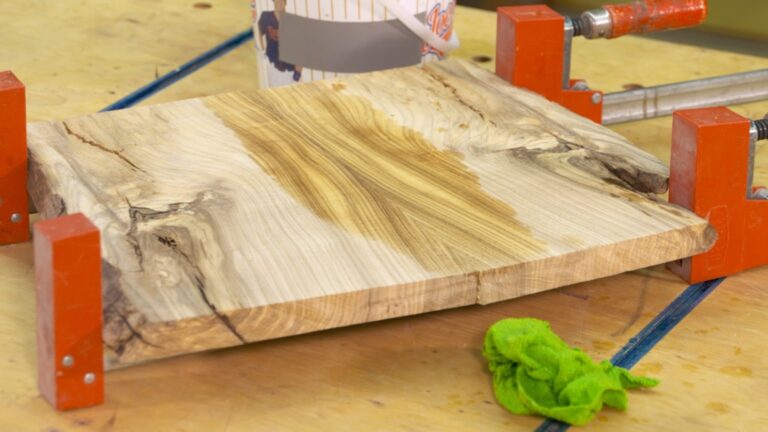


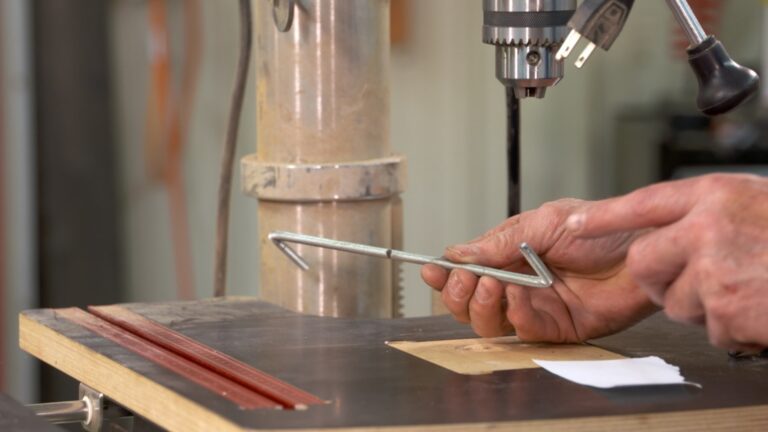

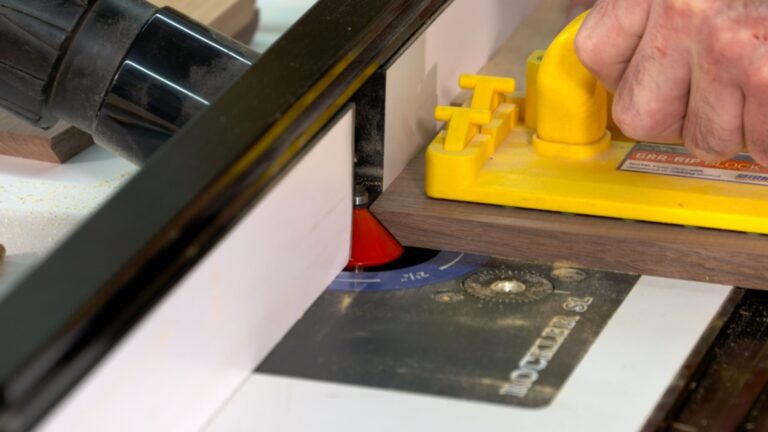

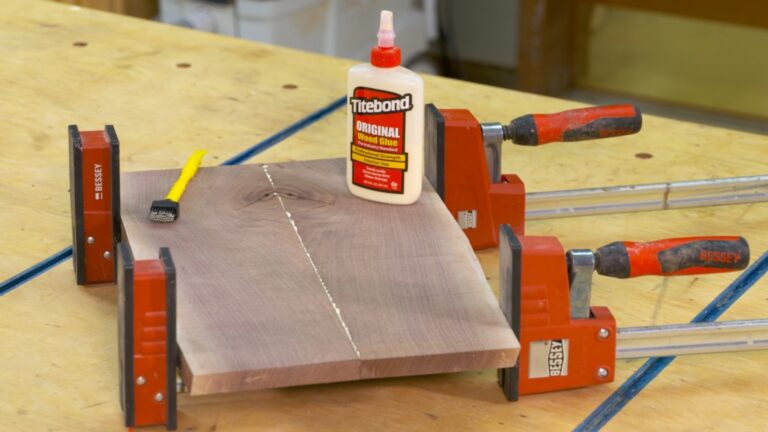
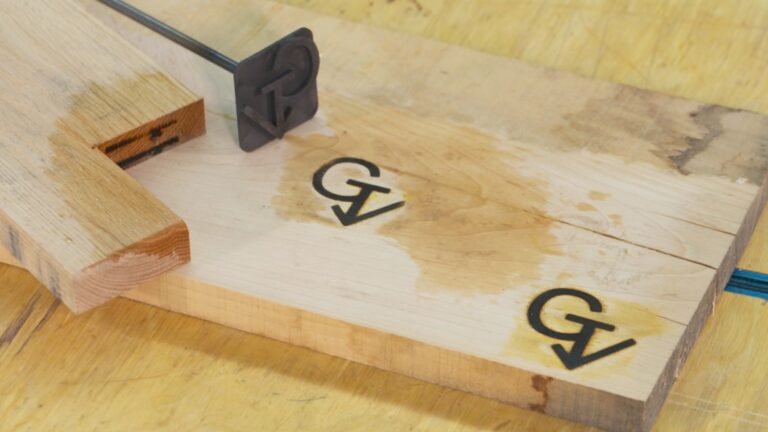
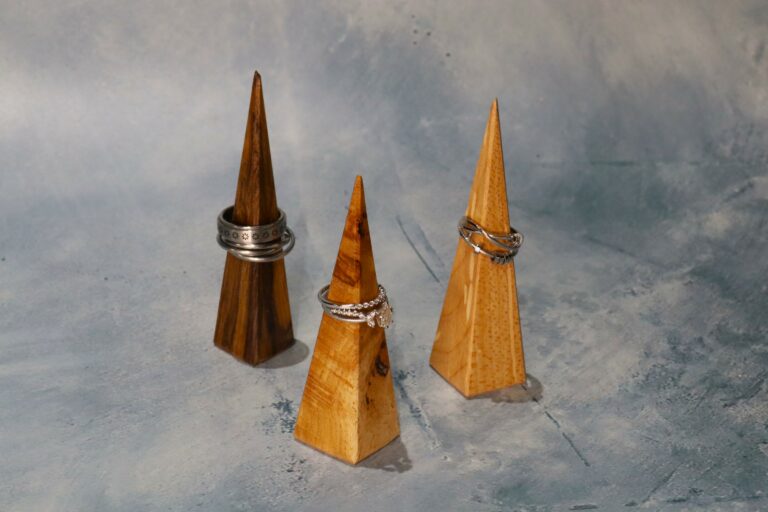
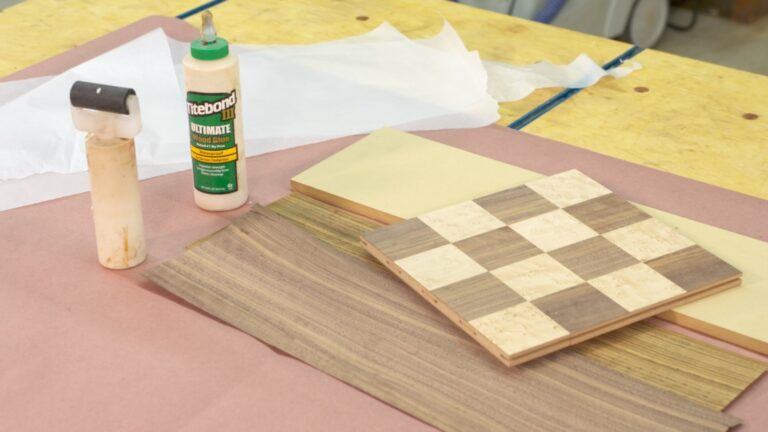
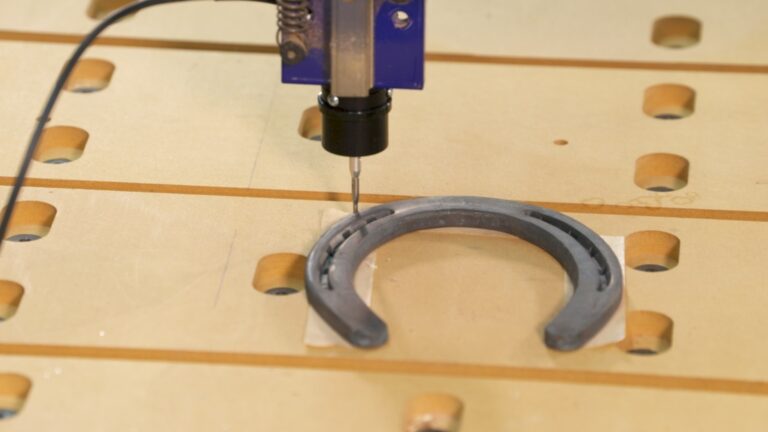
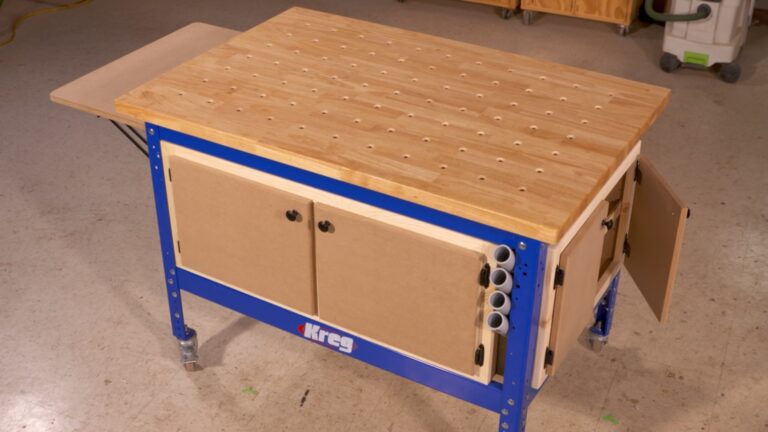
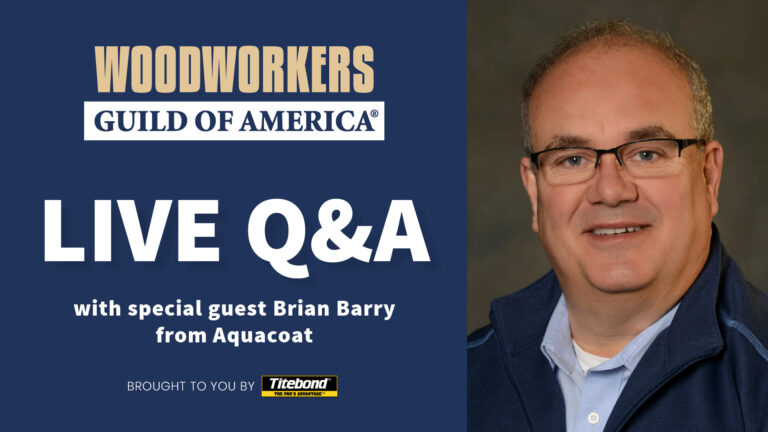

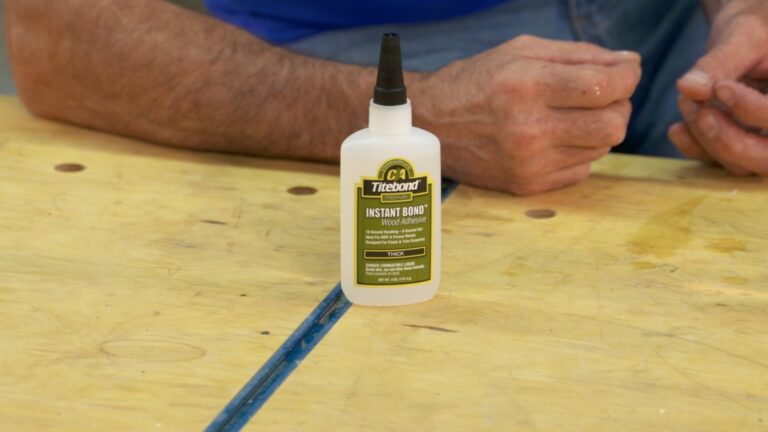
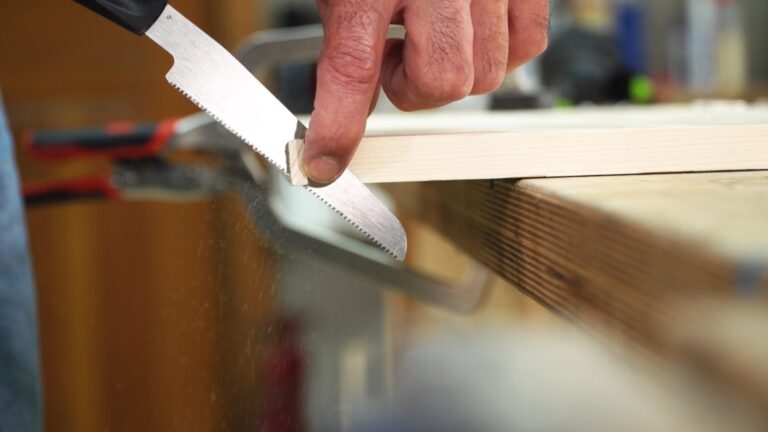
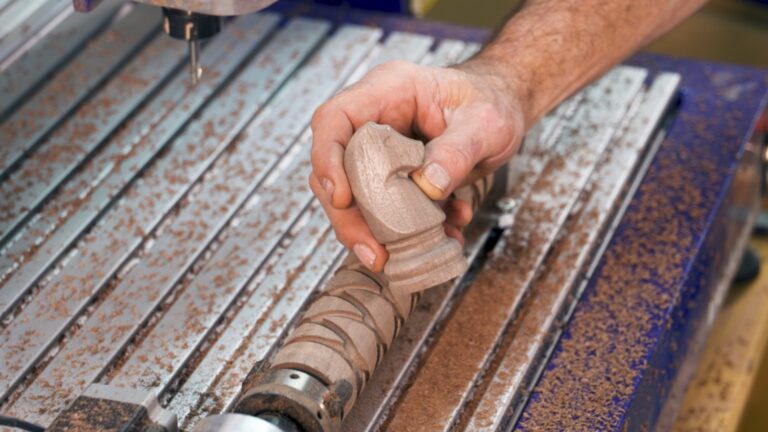
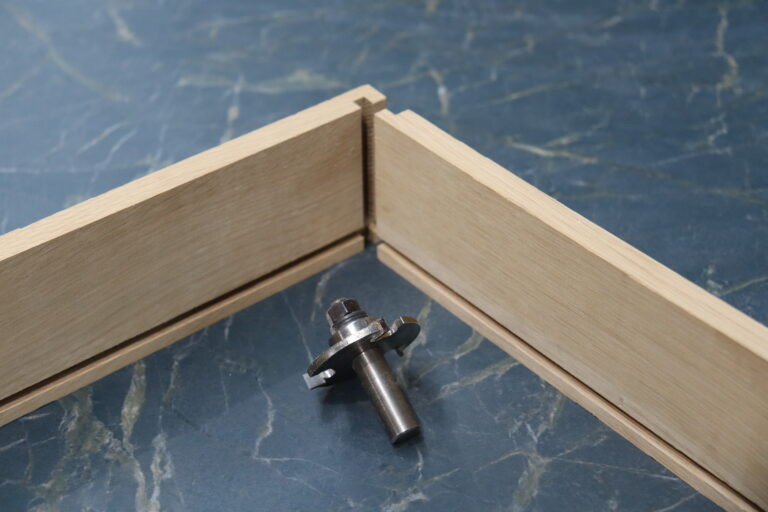
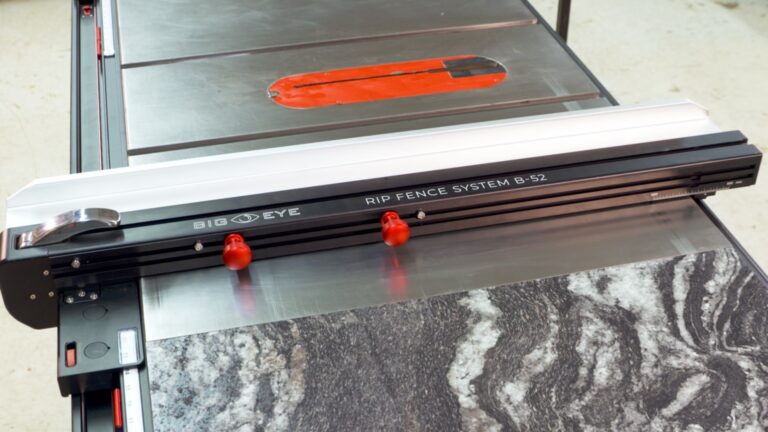
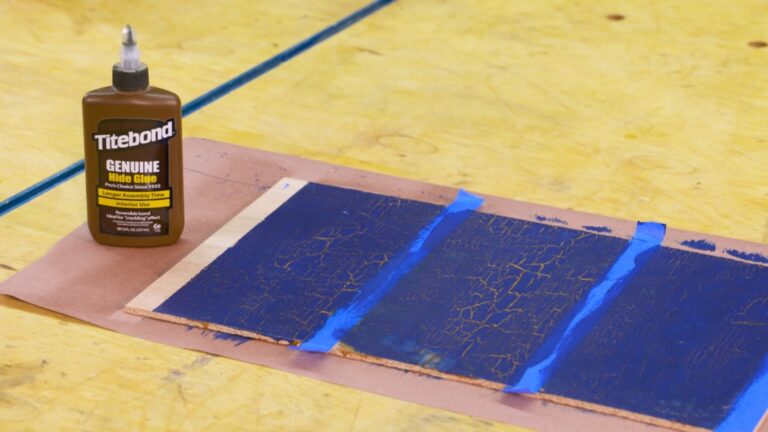
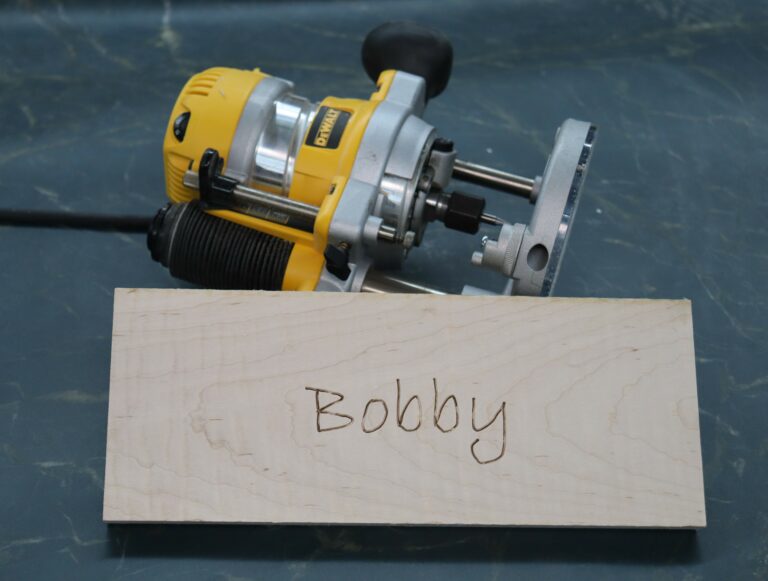
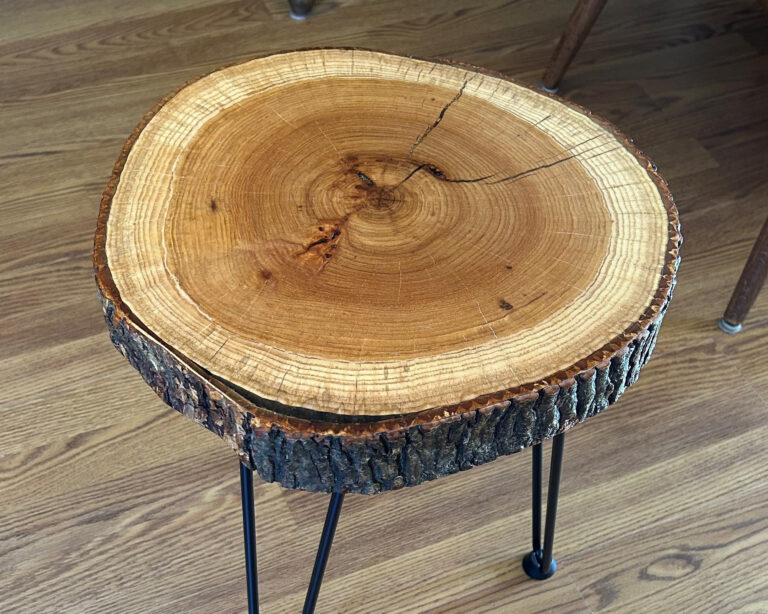
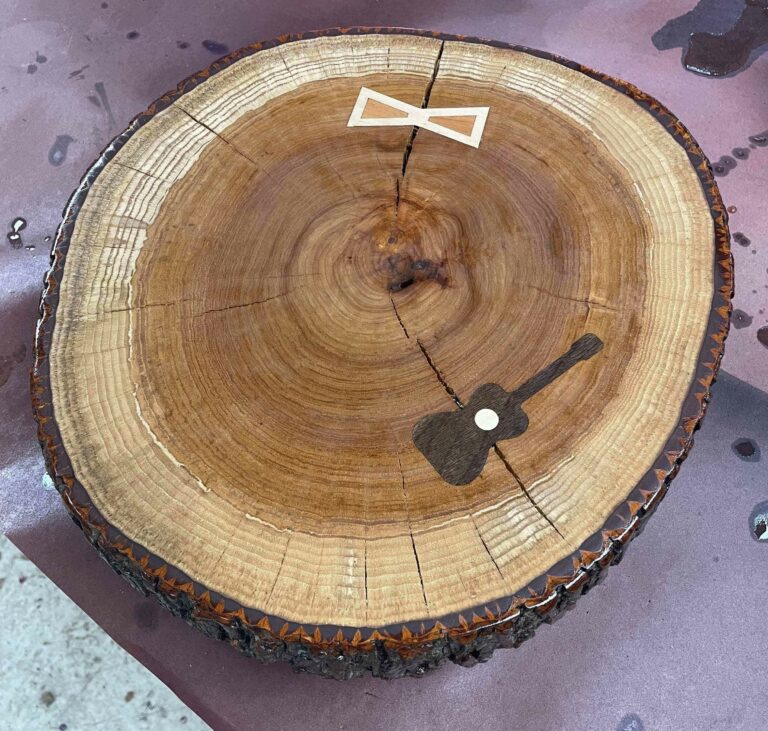

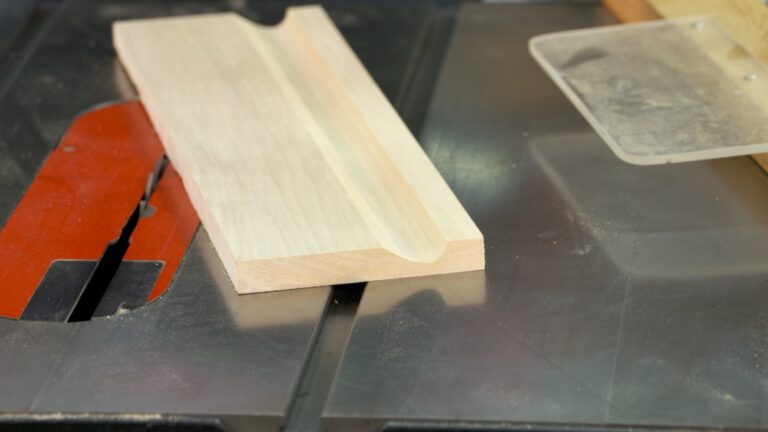

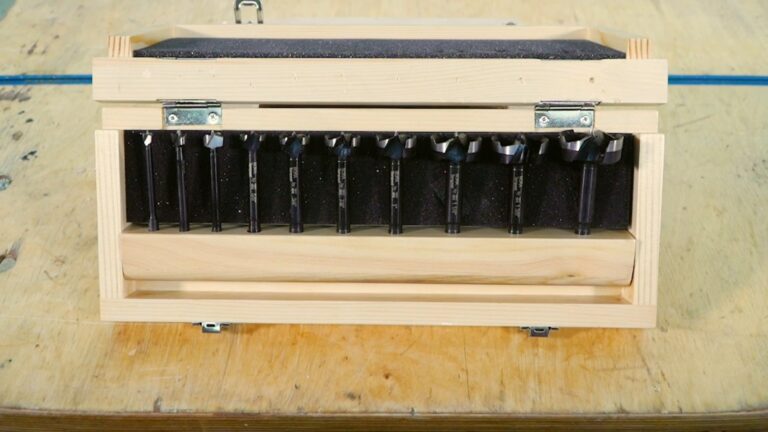

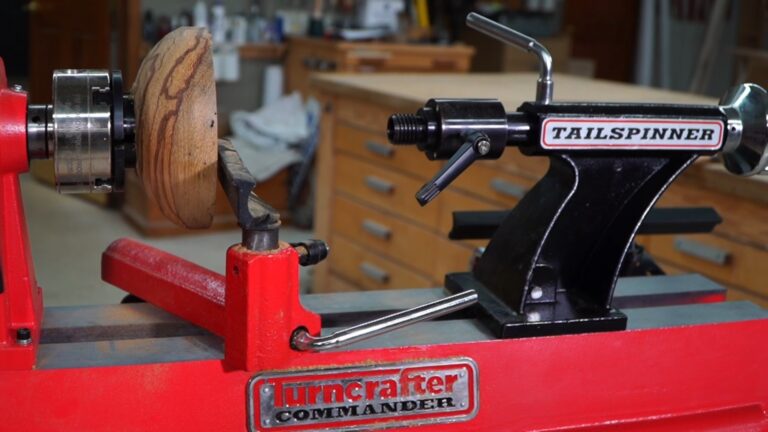
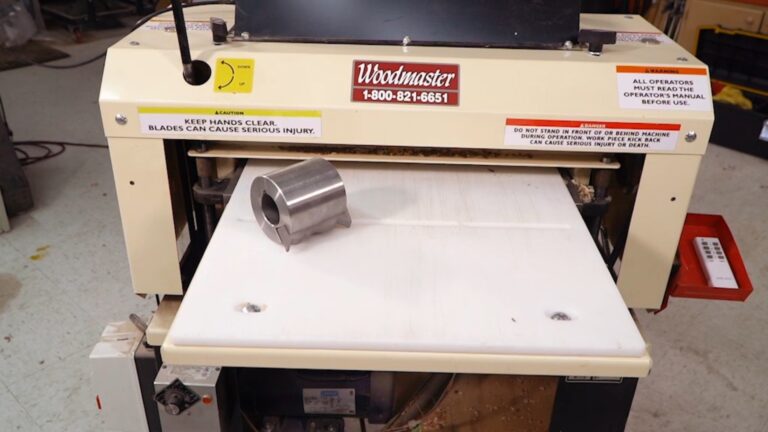

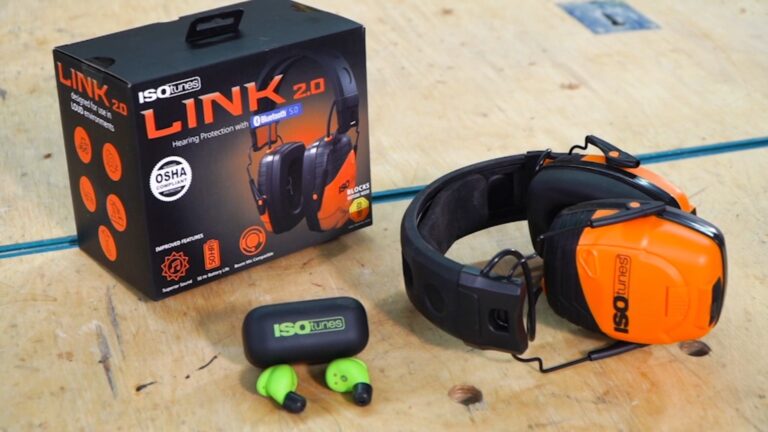
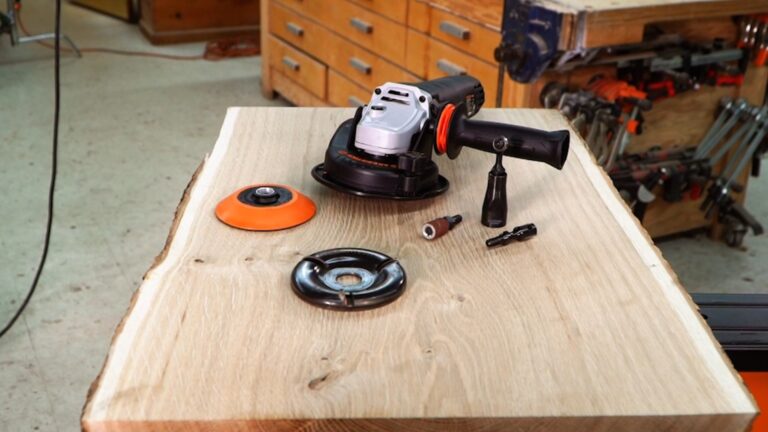








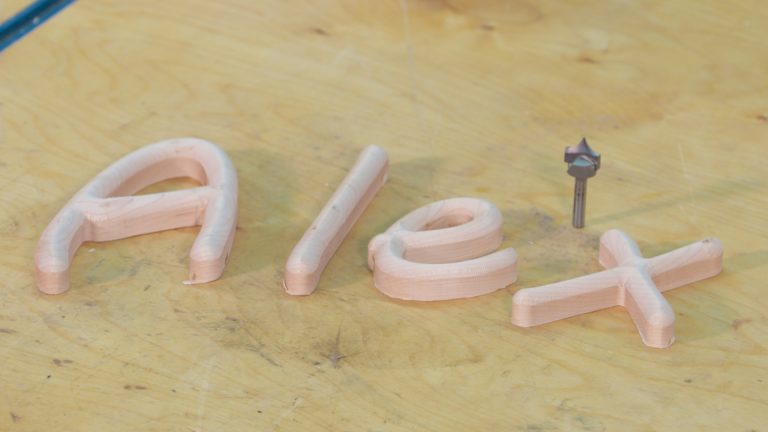
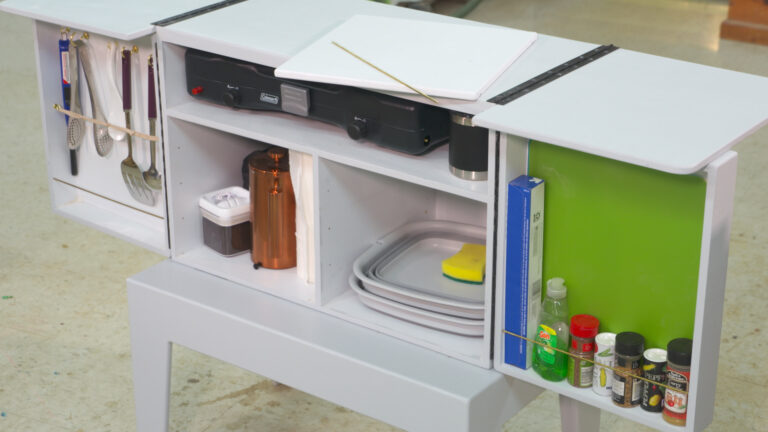
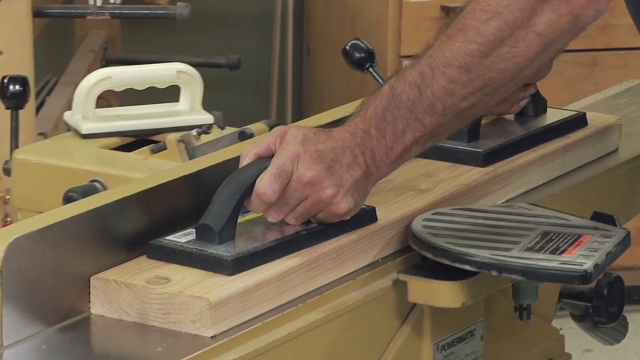
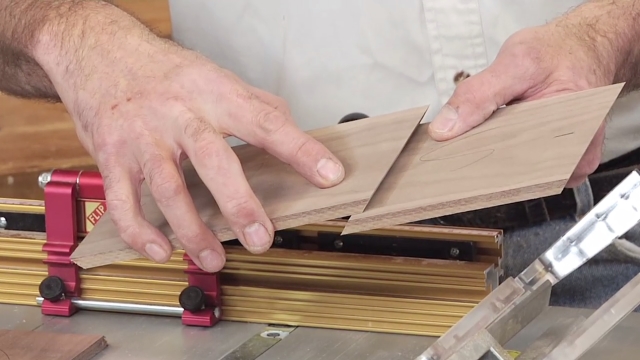
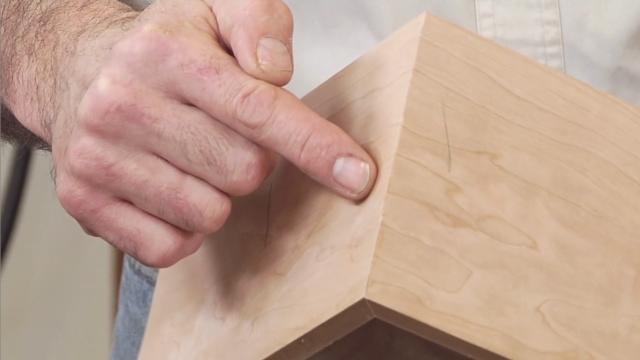


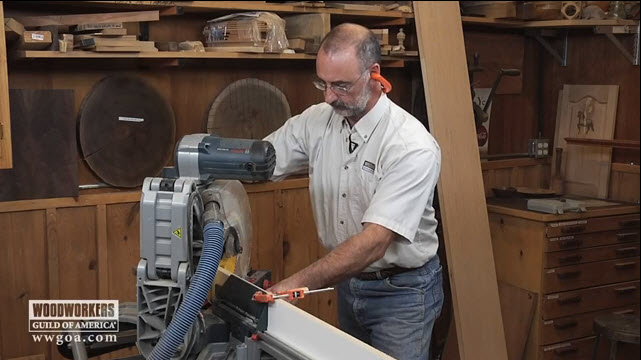
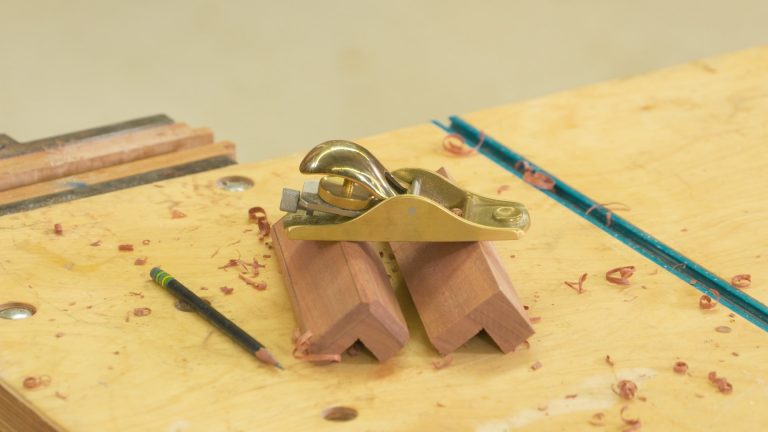
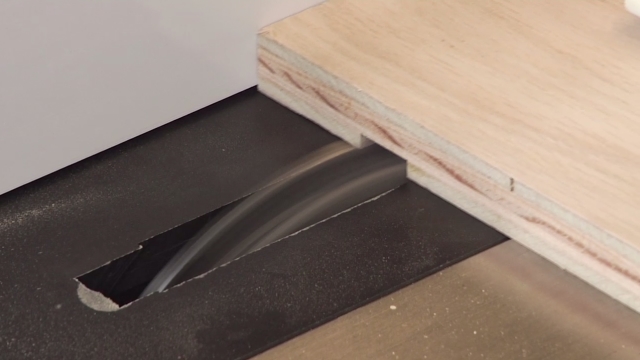





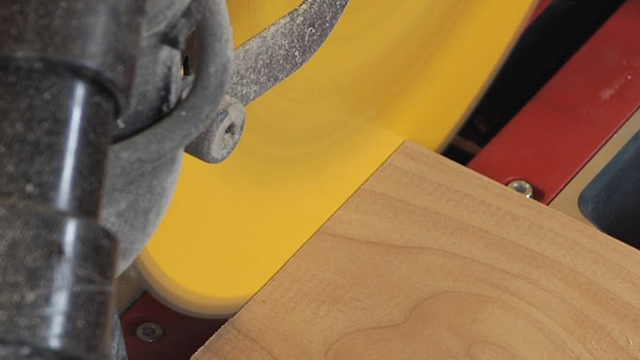
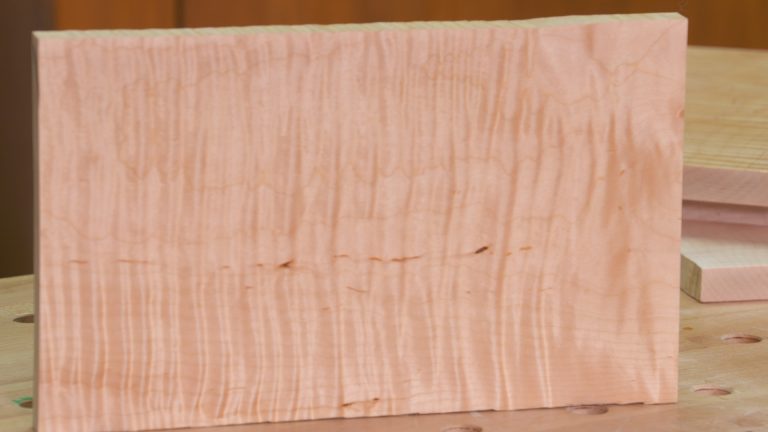
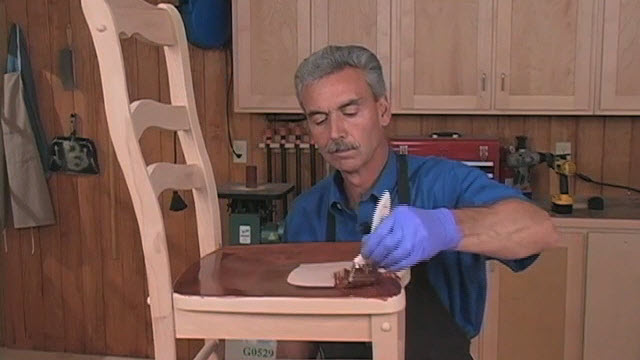

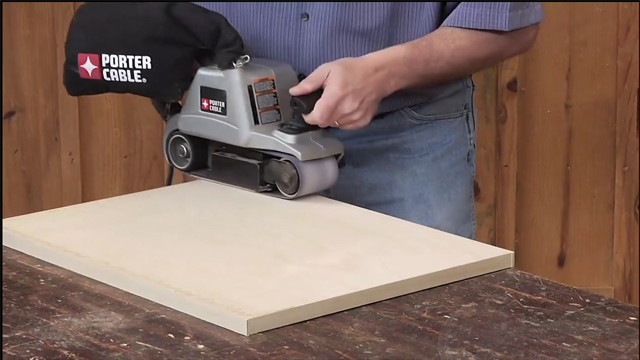


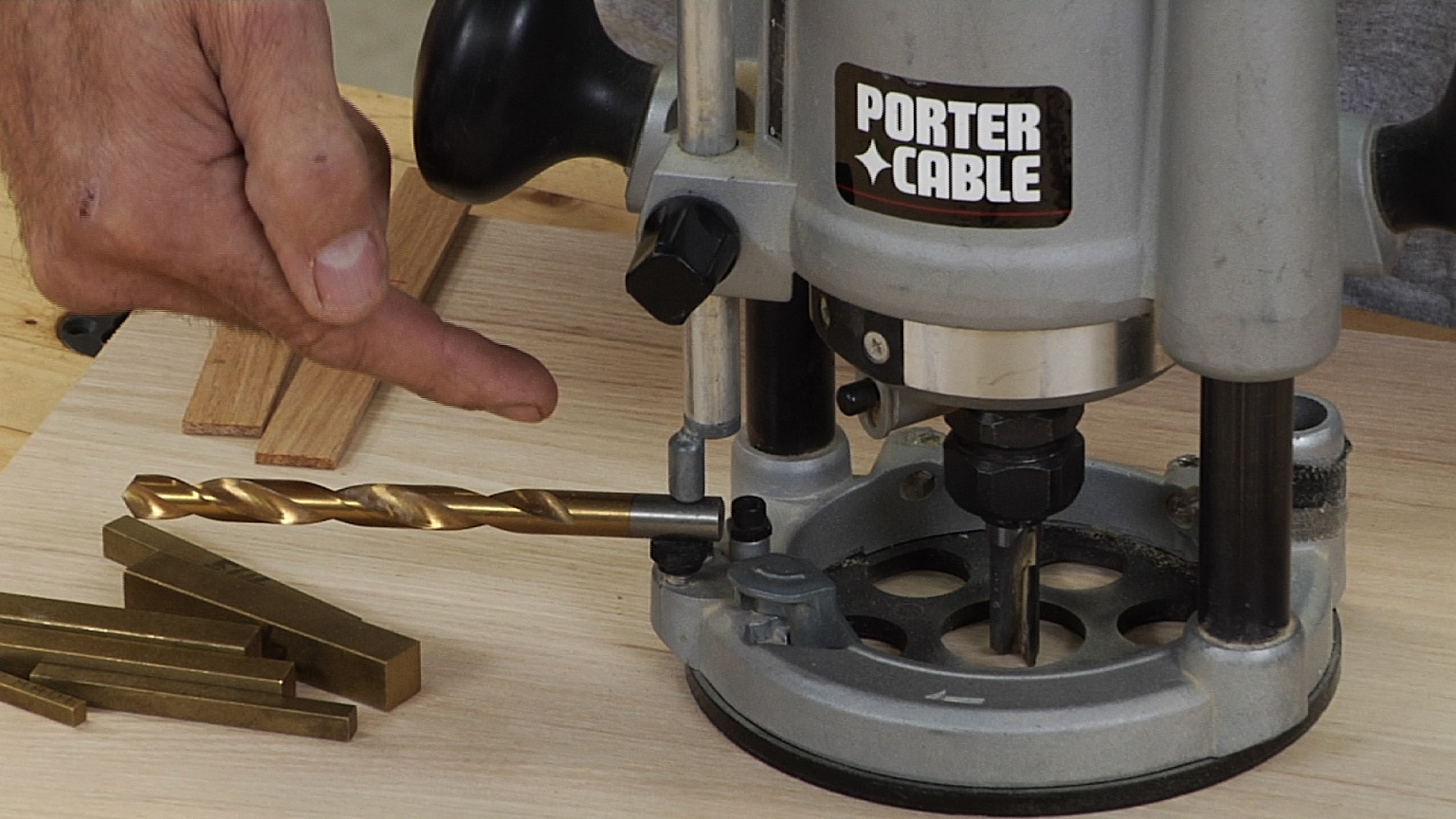
<strong>Ticket 38203</strong> Goof sandpaper's not cheap. I buy them in standard sheets and cut them to 1/3 size. In order for the sander vacuum to pick up more dust, you are using fenestrated paper. I noticed that you were careful not to go over sharp edges. I would think that the paper would snag when sanding on corners/edges and rip, a reason I've avoided them. I used to use a Black and Decker "Mighty Mouse" sander that looks like a clothing iron. It had Velcro-type fasteners and I found that the sandpaper would move (the fasteners not holding all that well) and the sandpaper would also wear out much faster than the best 3M sandpapers. I've often gotten what appears to be a nice, smooth surface, which stains beautifully but only later, when spraying on the final coats of varnish, do small sanding swirls in the wood show up. When that surface was a veneer, re-sanding it back down to what's left of "bare wood" can be treacherous but there are not a lot of options. What's your experience with these problems and with these different sandpaper types?
<strong>Ticket 38202</strong> Where do you get tool acuated vacuums
That canoe is exquisite! Well done.
Where did you buy that nice T shirt. It looks as good as all your woodworking projects.